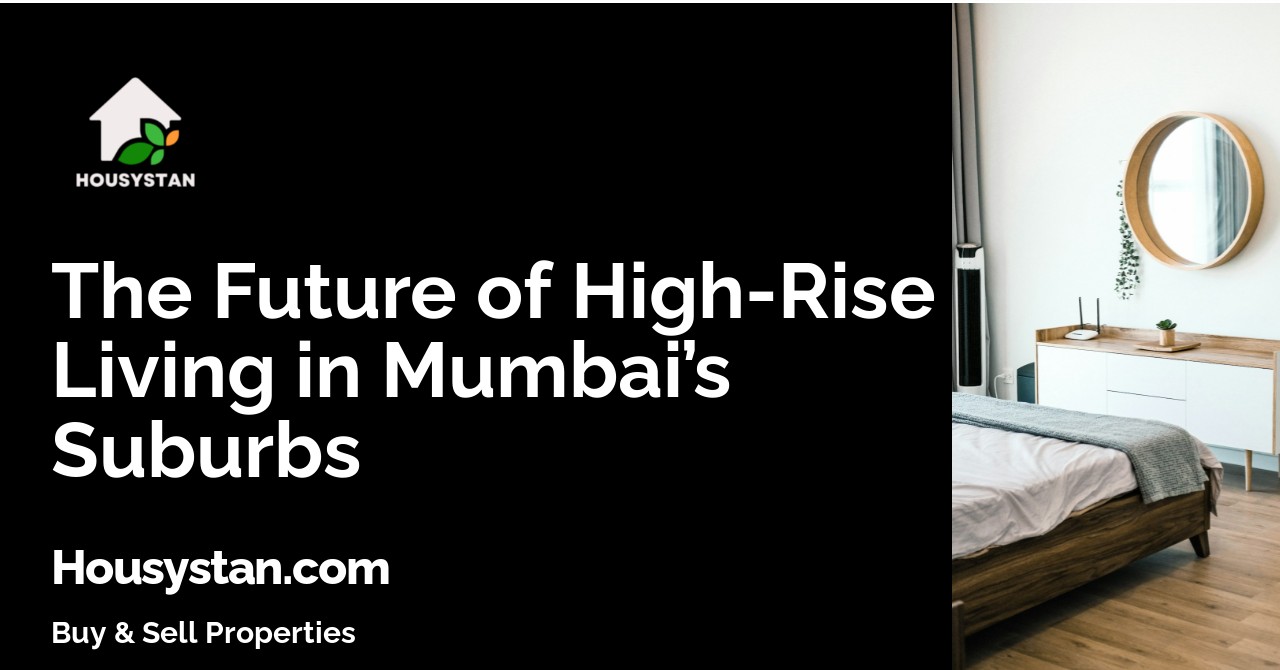The Future of High-Rise Living in Mumbai’s Suburbs
Read latest blogs and articles from Housystan

The Information mentioned here was last updated on:
31/12/2025The Future of High-Rise Living in Mumbai’s Suburbs
Mumbai’s suburbs are experiencing a remarkable transformation as the demand for modern, high-rise residences continues to surge. With limited available land in the city center, developers are turning their attention to the outskirts, reshaping the skyline and redefining urban lifestyles. High-rise apartments in neighborhoods like Thane, Goregaon, Mulund, and Kandivali are now highly sought-after, offering an innovative blend of luxury, convenience, and community living.
The future of high-rise living in Mumbai’s suburbs is being shaped by several key trends. First, advanced construction technology is enabling the creation of taller, safer, and more sustainable buildings. Developers are utilizing eco-friendly materials, energy-efficient systems, and smart-home features that appeal to environmentally conscious residents. These innovations not only reduce the ecological footprint but also enhance the overall quality of life.
- Verified Tenants/Buyers
- Unlimited Property Listing
- Zero subscription/charges fee
Location is another crucial factor driving the popularity of high-rise residences in Mumbai’s suburban areas. Improved connectivity through metro lines, expressways, and robust public transport links makes commuting easier than ever before. Residents can enjoy the tranquility of suburban living without sacrificing swift access to business hubs, educational institutions, and entertainment zones. This seamless integration of urban convenience and suburban calm is attracting families, professionals, and investors alike.
Additionally, high-rise buildings in Mumbai’s suburbs are redefining lifestyle amenities. Modern towers feature state-of-the-art gyms, swimming pools, landscaped gardens, and recreational spaces. Enhanced security systems, 24/7 surveillance, and dedicated maintenance ensure safety and peace of mind for all residents. Community engagement is promoted through shared spaces and social events, fostering a strong sense of belonging among neighbors.
Investing in a high-rise home in Mumbai’s suburbs offers excellent value, with property appreciation expected to remain robust in the coming years. These developments are ideal for those seeking a balanced lifestyle, enhanced by modern comforts and strategic location advantages. As the suburbs continue to evolve, high-rise living is poised to become the new standard, offering unparalleled opportunities for growth, connectivity, and contemporary living in Mumbai’s dynamic real estate landscape.